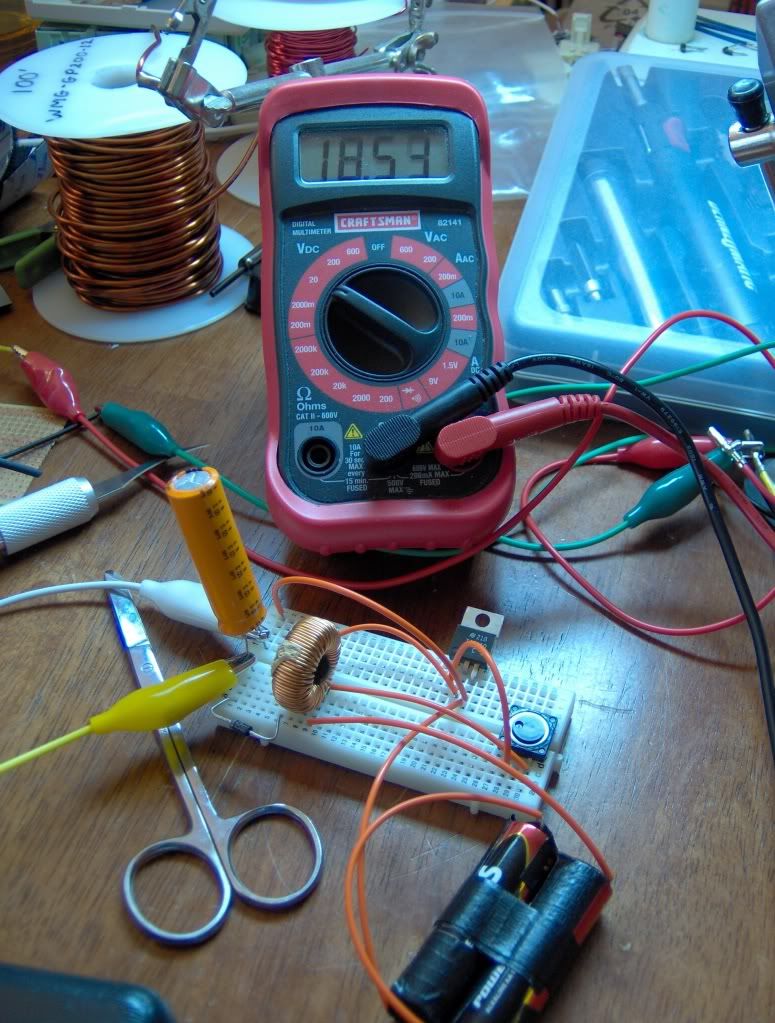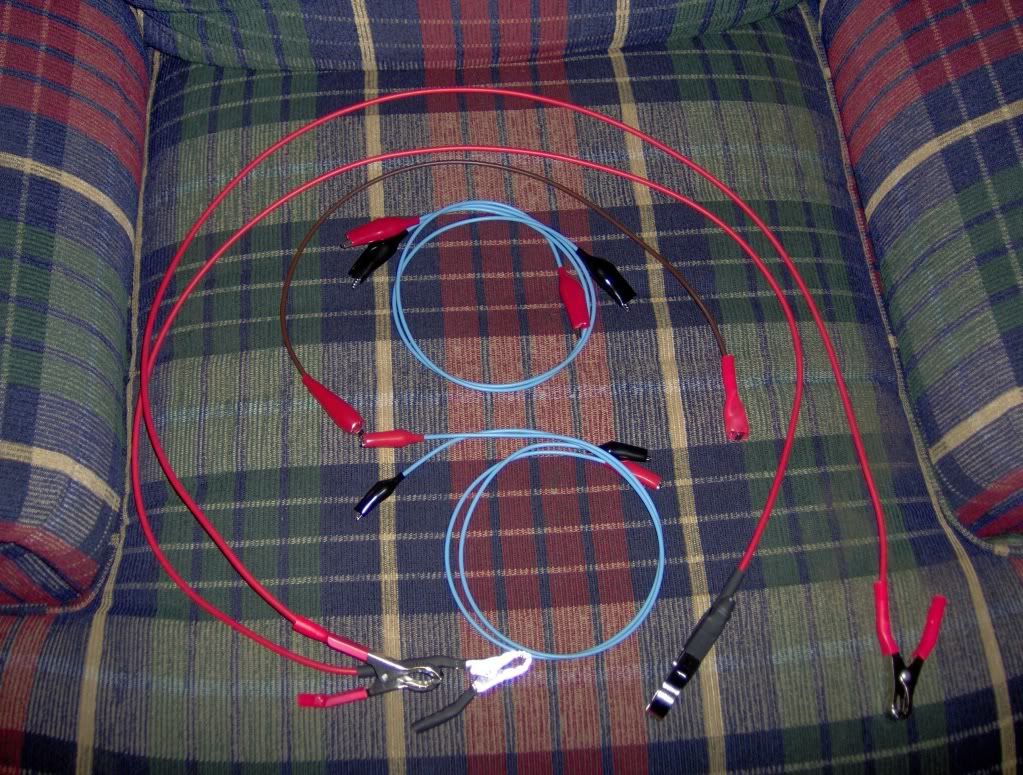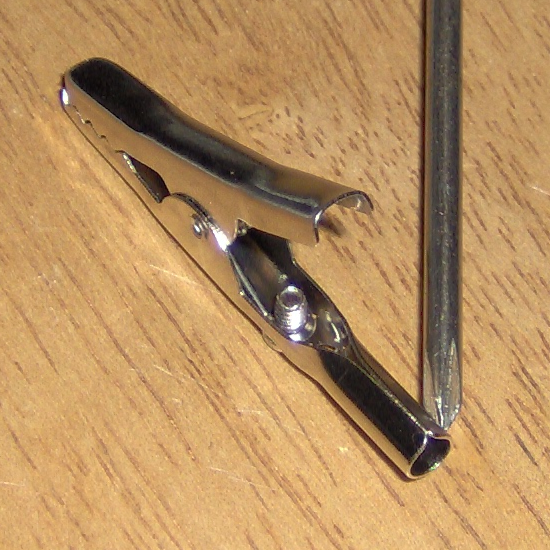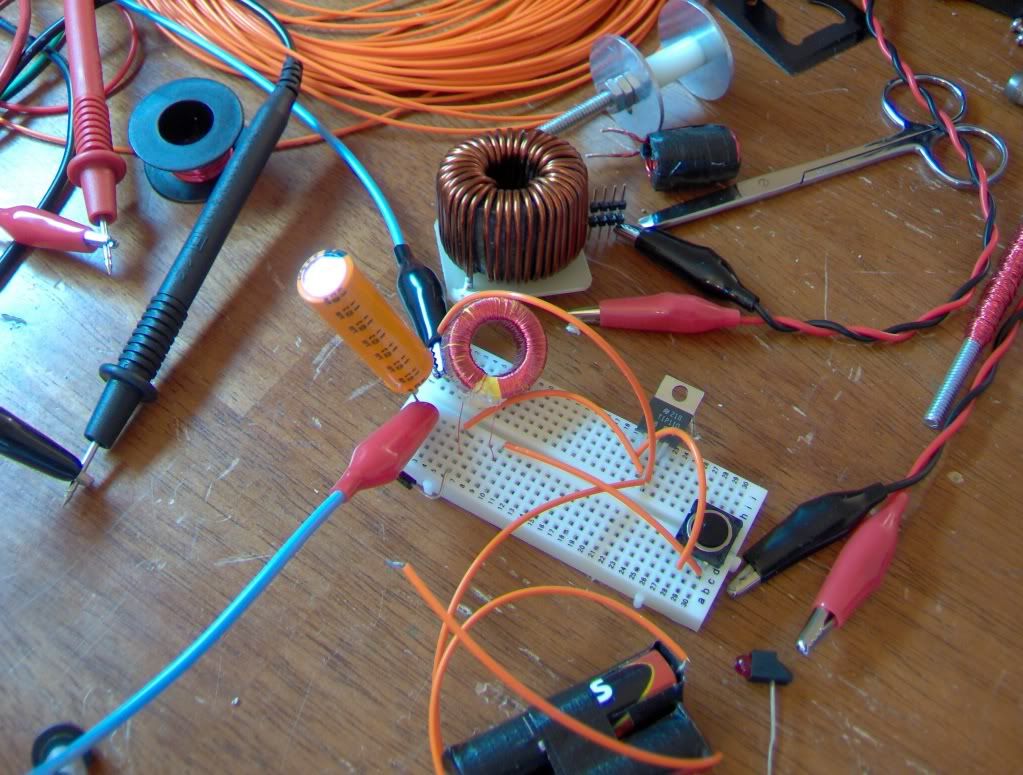Yes, the project that has gotten me more weird looks at work than when I told them I was going to an anime convention, my coilgun project is finally officially starting.
I've been dabbling around with figuring out some stuff for a while, and I decided it was finally time to start a worklog.
First off, for anyone not familiar with the concept, a coilgun is simply a linear magnetic accelerator. In the simplest system, a single-stage coilgun, a ferrous projectile is loaded in place into a barrel/trough/whatever behind an electromagnetic coil. Current is then passed through the coil, generating a magnetic field, which pulls the projectile towards the center of the field (ie, the center of the coil). Ideally, the current should then be cut off exactly as the projectile reaches the center of the field, thus transferring as much energy to the projectile as possible. Generally, however, the field is active for such a short time that it does not matter (the reason for this will be discussed later). A more advanced version of a coilgun is the multi-stage design, which uses multiple coils in series, each accelerating the projectile further.
For anyone who is confused or couldn't be bothered to read all that, here's a great animation showing a multi-stage coilgun in action (thanks wikipedia!).
A high voltage must be passed through each coil in order to generate the required magnetic field. This is normally achieved by using a bank of capacitors to build up a large charge over a (relatively) long period of time from a much lower voltage power source. The capacitor bank is then discharged instantaneously (or near enough as makes no difference) through the coil, creating the magnetic field.
I started off winding some coils for testing. Both are 1.25" long, but one is 4 layers of 12AWG magnet wire, and the other is 4 layers of 18AWG magnet wire. For anyone unfamiliar with magnet wire, it is simply a single, solid strand of copper coated with a thin layer of enamel. This makes it ideal for winding electromagnet coils (thus the name), because it allows the space between each strand to be almost negligible. This is important for some lovely equations I'll probably go into later, but suffice it to say for now that it lets you get a stronger, more compact coil, using less wire.
There are many different coilgun designs floating around the internets, but they generally cost obscene amounts of money to create, or are based solely on the capacitors and charging circuits out of disposable cameras. Now, this is all well and good, especially if you can get them for free, but through some Electronics Goldmine surprise boxes, I came into a crapton of 330uF 35V caps, which I'll be using for this.
This also puts me in the position of needing to make my own charging circuit, but from my reading around, the charging circuits out of disposable cameras tend to be rather...s***. They work well for a while, but if you use them too much or try and pull too much out of them, they tend to, well, fry. So, after much searching, I finally found information on building a cap [bank] charging circuit, which actually turns out to be remarkably simple. I found a schematic by one rwilsford07 in this instructable, interestingly enough developed for the same reason. This was great, but it took a bit more talking with a couple EE friends to learn exactly what was going on with the inductor.
So, class time again.(The guy who wrote the instructable I linked above has a very in depth explanation of his circuit there, but I'll give the lite version.)
We start off with the circuit like so (current follows the red arrows), with the transistor conducting.
Disclaimer: This and the next image I'm mirroring from Intructables to save their bandwidth from cross-embedding. They were created by the same guy again, not me.
In this state the power source is feeding into the inductor (the thingy at the top), creating a magnetic field to store the power. The path of least resistance is across the closed transistor, forming a simple loop and not touching the cap at all. The transistor is then switched off:
In this state the power stored in the inductor is dumped into the cap.
The signal coming from off-screen left is a square-wavesignal from a 555 timer IC. The result of this is that transistor is turned on and off very quickly, speeding the charge of the capacitor(s).
Like I said, a 555 timer was used in the original design, but I don't have any right now so I'm gonna be testing different timings with a microcontroller I have to see if there's any difference. I'll probably end up just putting a 555, but I have the capability and I'm curious.
The problem I ran into that some of my EE friends cleared up was whether the inductance of the inductor mattered at all, but it turns out that, well, it doesn't. Think of it like the battery is a hose filling up a bucket (inductor), that is then used to fill up a swimming pool (capacitor(s)). No matter what size bucket you use, you'll fill up the pool eventually. You just might fill it up a bit faster with a larger bucket.
So, knowing all this, I threw together a quick circuit to test the design, substituting a manual button for the 555 timer and transistor just because I wanted to see what exactly is going on. Also, I was too lazy to bother with the uC..It works quite well, though slowly since I'm manually initiating each stage...but it works, and that's what's important.
I'm gonna try this circuit with a few different inductors I have lying around, see what the difference is, but I'm not really hugely concerned about the charging speed right now.
Hopefully I'll be working on this more regularly now, but no promises...my summer is turning out to be a lot busier than it was supposed to be.
On a side note, does anyone know where I can find mechanical meter gauges inexpensively? I want to have a mechanical gauge for each capacitor bank, but everywhere I look they're really expensive. I want each to have a range of from 0V to 1kV, which doesn't help...







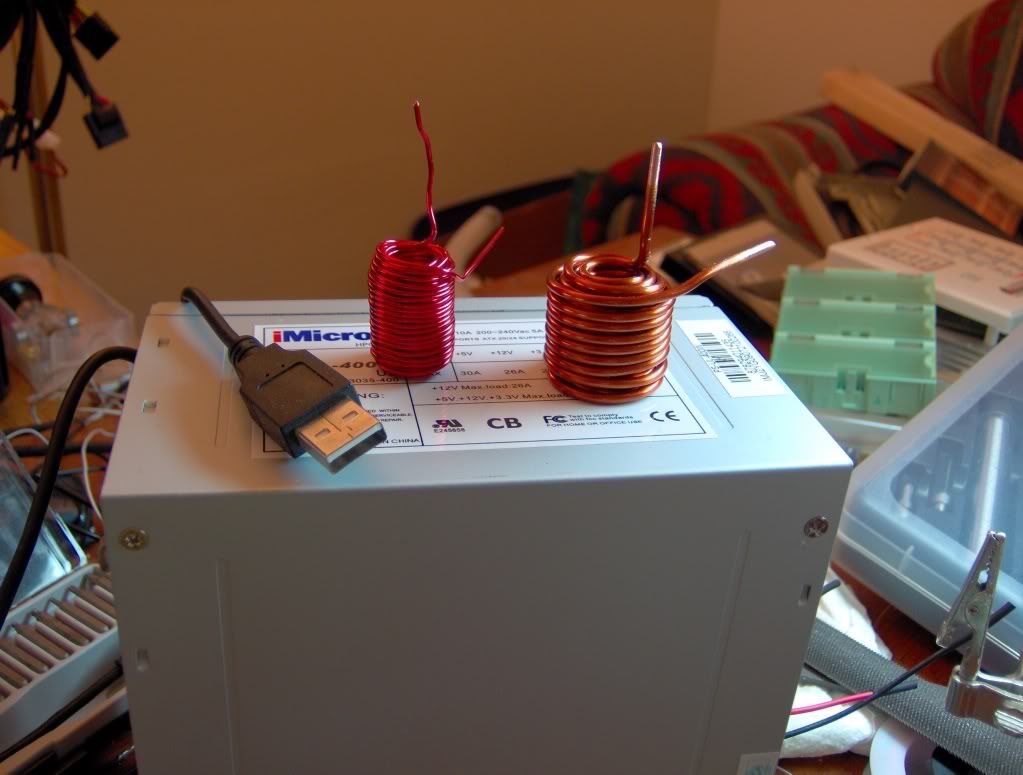
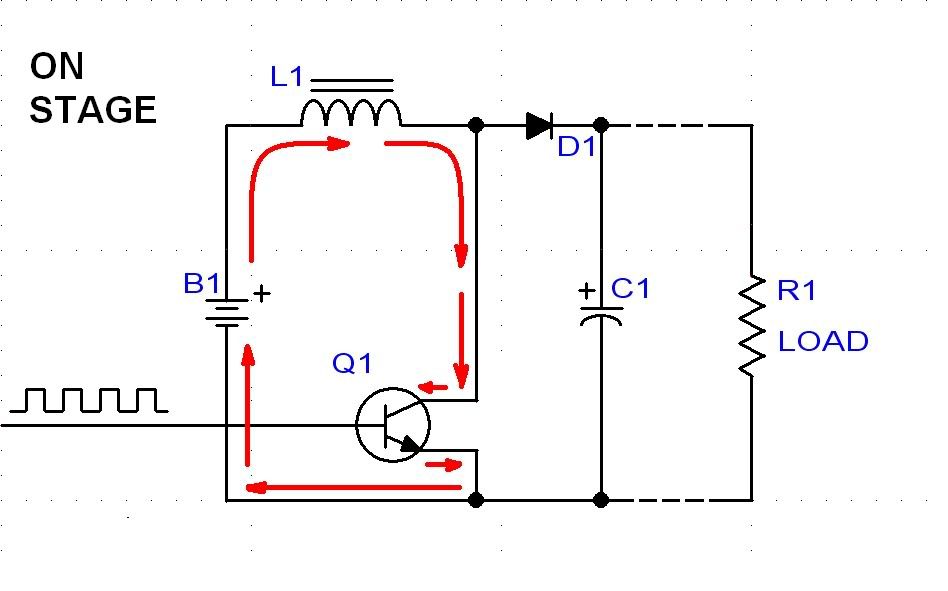
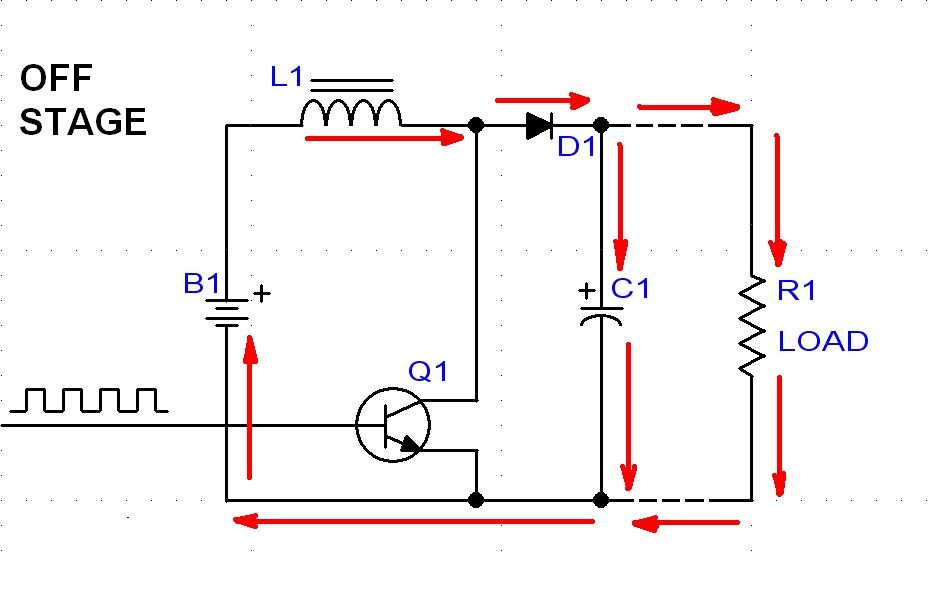

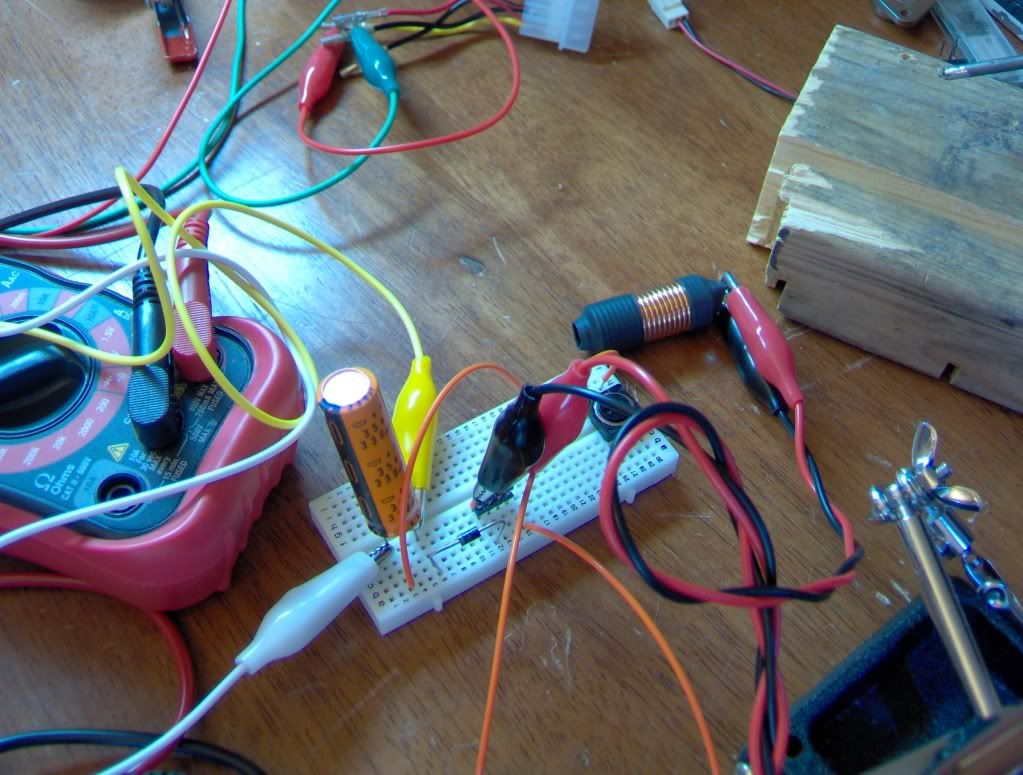


 Reply With Quote
Reply With Quote
